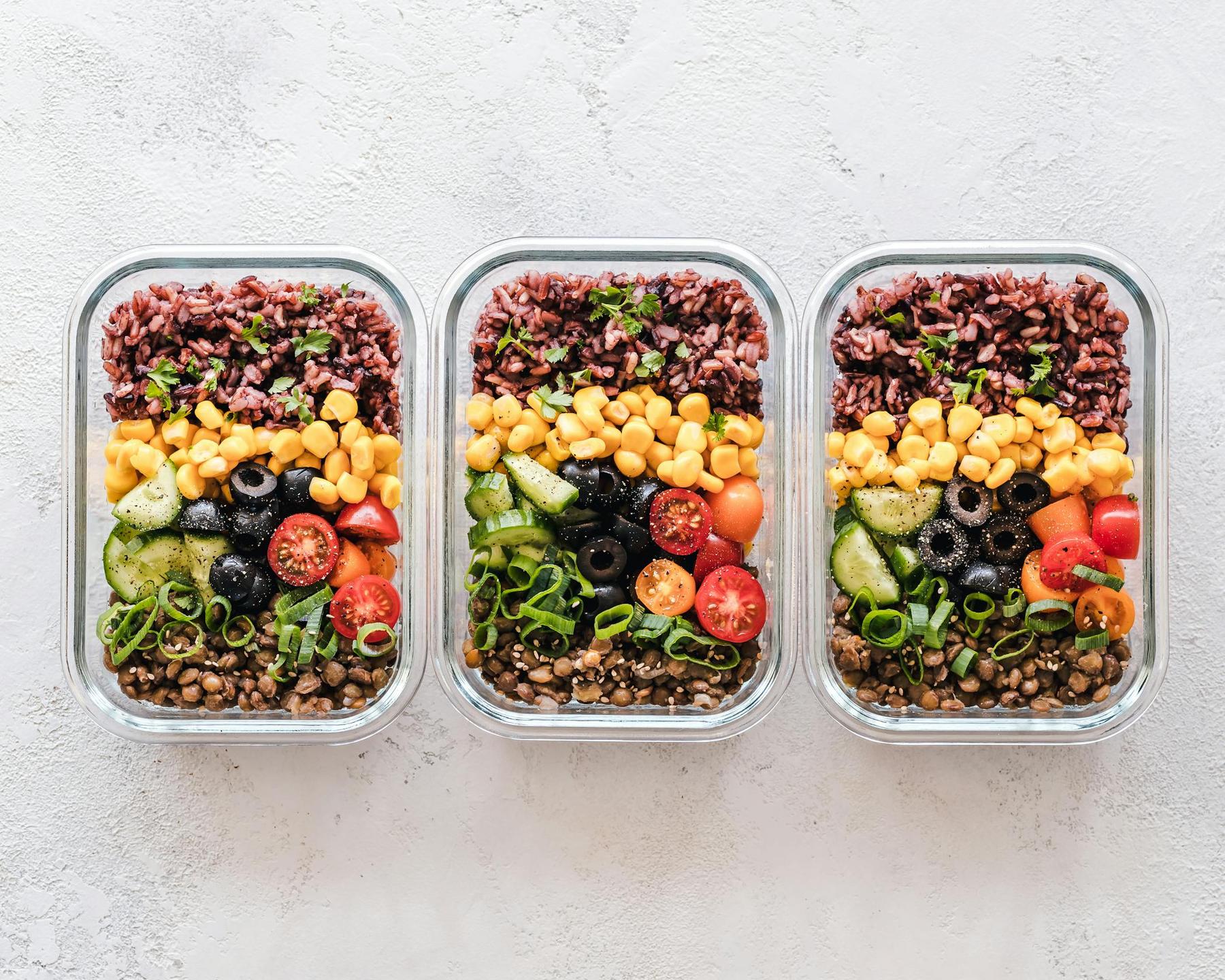The quest for effective weight loss solutions has led many Australians to rediscover cycling, yet the choice between indoor and outdoor cycling remains a critical decision that impacts both success rates and long-term adherence. With cycling participation in Australia experiencing significant fluctuations—peaking at 18.0% during COVID-19 lockdowns before declining to 11.3% by 2023—understanding the distinct advantages of each modality becomes essential for maximising weight loss outcomes. Whether you’re drawn to the controlled environment of indoor cycling or the dynamic challenges of outdoor terrain, each approach offers unique physiological and psychological benefits that can significantly influence your weight management journey.
How Much Weight Can You Actually Lose Through Indoor vs. Outdoor Cycling?
The fundamental difference in weight loss potential between indoor and outdoor cycling lies in their distinct energy expenditure patterns and metabolic responses. Research demonstrates that moderate-paced outdoor cycling at 18-22 km/h burns approximately 400-750 calories per hour, whilst indoor stationary cycling at comparable exertion levels typically expends 400-600 calories during a 45-minute session.
However, the energy equation extends beyond immediate caloric burn. Outdoor cycling introduces environmental variables such as wind resistance and elevation changes that can increase energy expenditure by 15-30% compared to indoor sessions. The constant postural adjustments required to navigate varying terrain engage stabiliser muscles throughout the core, glutes, and adductors, creating a more distributed workload that enables longer sessions.
Indoor cycling compensates through precise control over workout parameters, facilitating high-intensity interval training (HIIT) protocols that trigger significant post-exercise oxygen consumption (EPOC) effects. These indoor HIIT sessions elevate metabolic rate for up to 24 hours post-exercise, enhancing daily energy expenditure by 6-15%.
Meta-analyses reveal that achieving clinically significant weight loss requires 300-420 weekly minutes of moderate cycling, resulting in 10-12% body fat reduction over 12 weeks. At the minimum recommended 150 weekly minutes, cyclists typically experience modest reductions of 2.5-4 kg, but doubling duration to 300 minutes can triple fat loss outcomes.
Which Cycling Method Provides Superior Muscle Engagement for Fat Burning?
The biomechanical differences between indoor and outdoor cycling create distinct muscle recruitment patterns that directly impact fat-burning efficiency. Outdoor cycling demands continuous postural adaptations to navigate terrain variations, engaging a broader spectrum of stabilising muscles whilst reducing focal muscle fatigue. This distributed workload allows cyclists to maintain exercise intensity for extended periods, crucial for maximising fat oxidation during longer rides.
Power output studies consistently show outdoor riders producing 11-23 watts more than their indoor counterparts, attributed to lateral motion and leverage gains from dynamic body positioning. This increased power output translates to enhanced caloric expenditure and improved cardiovascular conditioning.
Conversely, indoor cycling’s fixed posture concentrates effort on primary movers—the quadriceps and hamstrings—creating more targeted strength development. Whilst this focused engagement may accelerate muscle fatigue, it enables precise control over training variables, allowing cyclists to maintain specific heart rate zones optimal for fat burning.
| Aspect | Indoor Cycling | Outdoor Cycling |
|---|---|---|
| Caloric Burn (per hr) | 400-600 calories | 400-750 calories |
| Muscle Engagement | Focused (quadriceps, hamstrings) | Comprehensive (includes stabilisers) |
| Power Output | Baseline measurement | 11-23 watts higher |
| Weather Dependency | None | Moderate to high |
| Injury Risk | Overuse injuries (24% patellofemoral pain) | Acute trauma risk |
| Adherence Factors | Goal-oriented, app integration | Environmental stimulation, variable terrain |
What Are the Injury Risks and Safety Considerations for Each Method?
Understanding injury patterns and prevention strategies is crucial for maintaining consistent cycling routines essential to weight loss success. Indoor cycling’s static positioning correlates with specific overuse injuries, including patellofemoral pain syndrome affecting 24% of regular indoor cyclists and iliotibial band syndrome occurring in 18% of participants. These injuries typically escalate when weekly duration exceeds 200 minutes without appropriate resistance variation or biomechanical adjustments.
Proper indoor cycling setup becomes paramount for injury prevention. Research indicates optimal saddle height should measure 109% of inseam length, maintaining knee flexion at 25 degrees or less at pedal nadir. Regular position adjustments and incorporating standing intervals can reduce repetitive stress on specific joint structures.
Outdoor cycling presents different risk profiles, with acute trauma from collisions representing the primary concern. Clavicle fractures comprise 35% of cycling incidents, highlighting the importance of protective infrastructure. Australian surveys identify infrastructure gaps as a significant barrier, with 48% of potential cyclists citing unsafe roads as their primary deterrent.
However, cities implementing protected bike lanes demonstrate remarkable safety improvements, with accident rates reducing by 40-60%. Weather considerations also impact safety profiles, with 34% of Australian cyclists avoiding rides during adverse conditions despite available protective gear.
How Do Mental Health Benefits Compare Between Indoor and Outdoor Cycling?
The psychological dimensions of cycling significantly influence long-term adherence and, consequently, weight loss sustainability. Outdoor cycling provides substantial mental health benefits through exposure to natural environments and vestibular stimulation. Research demonstrates that outdoor cycling reduces stress biomarkers, including cortisol and interleukin-6, by 19-27%. Longitudinal cohort studies report 30% lower depression incidence among regular commuter cyclists compared to non-cyclists.
The psychological benefits of outdoor cycling extend beyond biochemical markers. Variable terrain and changing scenery provide cognitive stimulation that combats exercise monotony, a primary factor in program abandonment. Environmental exposure also supports circadian rhythm regulation and vitamin D synthesis, both crucial for metabolic health and mood stability.
Indoor cycling offers different psychological advantages centred on structure and goal achievement. App-integrated platforms increase adherence by 22% through virtual coaching, real-time performance feedback, and social connectivity features. The controlled environment eliminates weather-related excuses and scheduling uncertainties, factors that contribute to exercise inconsistency.
Which Method Better Suits Australian Climate and Infrastructure Conditions?
Australia’s diverse climate zones and varying infrastructure development significantly influence the practical application of cycling for weight loss. The continent’s extreme weather patterns—from tropical cyclones in Queensland to scorching summers across the interior—create seasonal limitations for outdoor cycling that indoor alternatives can overcome.
Cycling participation trends reflect these environmental challenges. Weekly participation peaked during COVID-19 restrictions at 18.0% in 2021 but declined to 11.3% by 2023, falling below 2011 levels despite significant population growth. This decline occurred alongside a 43% reduction in bicycle import prices to $266 per unit by April 2023, indicating that cost barriers alone cannot explain participation decreases.
Infrastructure deficits compound these challenges. Melbourne’s cycling network coverage remains 40% below World Health Organisation recommendations for metropolitan areas, limiting safe outdoor cycling options. However, cities investing in Copenhagen-style protected cycling infrastructure report 200-300% higher participation rates, demonstrating the potential for outdoor cycling when proper support systems exist.
Indoor cycling eliminates these infrastructure dependencies whilst providing weather-agnostic exercise options. This reliability becomes particularly valuable for maintaining consistent training schedules essential to weight loss success. Modern indoor cycling platforms can simulate outdoor terrain and weather conditions, bridging the experiential gap between modalities.
Integrating Both Methods for Optimal Weight Loss Results
Rather than viewing indoor and outdoor cycling as competing alternatives, evidence suggests that strategic integration maximises weight loss outcomes whilst addressing individual limitations. Hybrid approaches leverage the controlled intensity of indoor sessions for HIIT protocols whilst utilising outdoor rides for endurance building and psychological engagement.
Successful integration might involve three weekly indoor HIIT sessions of 45 minutes each, supplemented by weekend outdoor endurance rides. This combination addresses the 300-420 weekly minute threshold identified in meta-analyses whilst accommodating varying weather conditions and schedule constraints.
The role of professional guidance becomes crucial in optimising these hybrid approaches. Healthcare providers can prescribe cycling regimens tailored to individual BMI thresholds, existing health conditions, and specific weight loss goals. Regular monitoring allows for protocol adjustments based on progress markers and adherence patterns.
Advanced telehealth platforms can bridge the gap between professional oversight and practical implementation, providing ongoing support regardless of chosen cycling modality. This integration of medical expertise with flexible exercise options represents the future of evidence-based weight management.
Maximising Your Cycling Weight Loss Journey
Both indoor and outdoor cycling offer viable pathways to significant weight loss when implemented with appropriate intensity, duration, and consistency. Indoor cycling excels in providing controlled, measurable environments ideal for HIIT protocols and year-round accessibility. Outdoor cycling delivers superior psychological engagement, broader muscle recruitment, and natural environmental benefits that enhance long-term adherence.
The optimal approach combines both modalities strategically, utilising indoor sessions for precise training stimulus and outdoor rides for psychological sustainability. Success requires attention to proper biomechanics, progressive overload principles, and consistent implementation of evidence-based protocols.
For individuals seeking maximum weight loss effectiveness, professional guidance ensures optimal protocol selection and ongoing adjustments based on individual response patterns. The integration of cycling with comprehensive weight management approaches, including nutritional optimisation and medical oversight, provides the strongest foundation for achieving and maintaining significant weight reduction.
How many calories does 30 minutes of indoor cycling burn compared to outdoor cycling?
Indoor cycling typically burns 200-300 calories in 30 minutes at moderate intensity, whilst outdoor cycling can burn 200-375 calories depending on terrain and weather conditions. The variation in outdoor cycling stems from wind resistance and elevation changes that increase energy demands.
Can I lose weight cycling indoors if I can’t access safe outdoor routes?
Absolutely. Indoor cycling provides complete control over training variables and eliminates safety concerns associated with traffic or adverse weather. HIIT protocols on indoor bikes can achieve comparable or superior weight loss results to outdoor cycling when performed consistently at appropriate intensities.
How often should I cycle for effective weight loss results?
Research indicates optimal weight loss occurs with 300-420 minutes of moderate cycling weekly, which translates to 5-7 sessions of 45-60 minutes each. This can be achieved through either indoor or outdoor cycling, or a combination of both modalities.
Which type of cycling is better for beginners starting their weight loss journey?
Indoor cycling often suits beginners better due to controlled environments, adjustable resistance, and elimination of traffic concerns. However, outdoor cycling may provide better long-term adherence through environmental stimulation. The best choice depends on individual preferences, local infrastructure, and weather patterns.
Do I need special equipment for indoor cycling to be effective for weight loss?
Basic stationary bikes or indoor trainers provide an adequate platform for effective weight loss. However, features like adjustable resistance, proper fit, and heart rate monitoring enhance training precision and injury prevention. Smart trainers with app connectivity can improve motivation and adherence through structured programs and virtual coaching.



